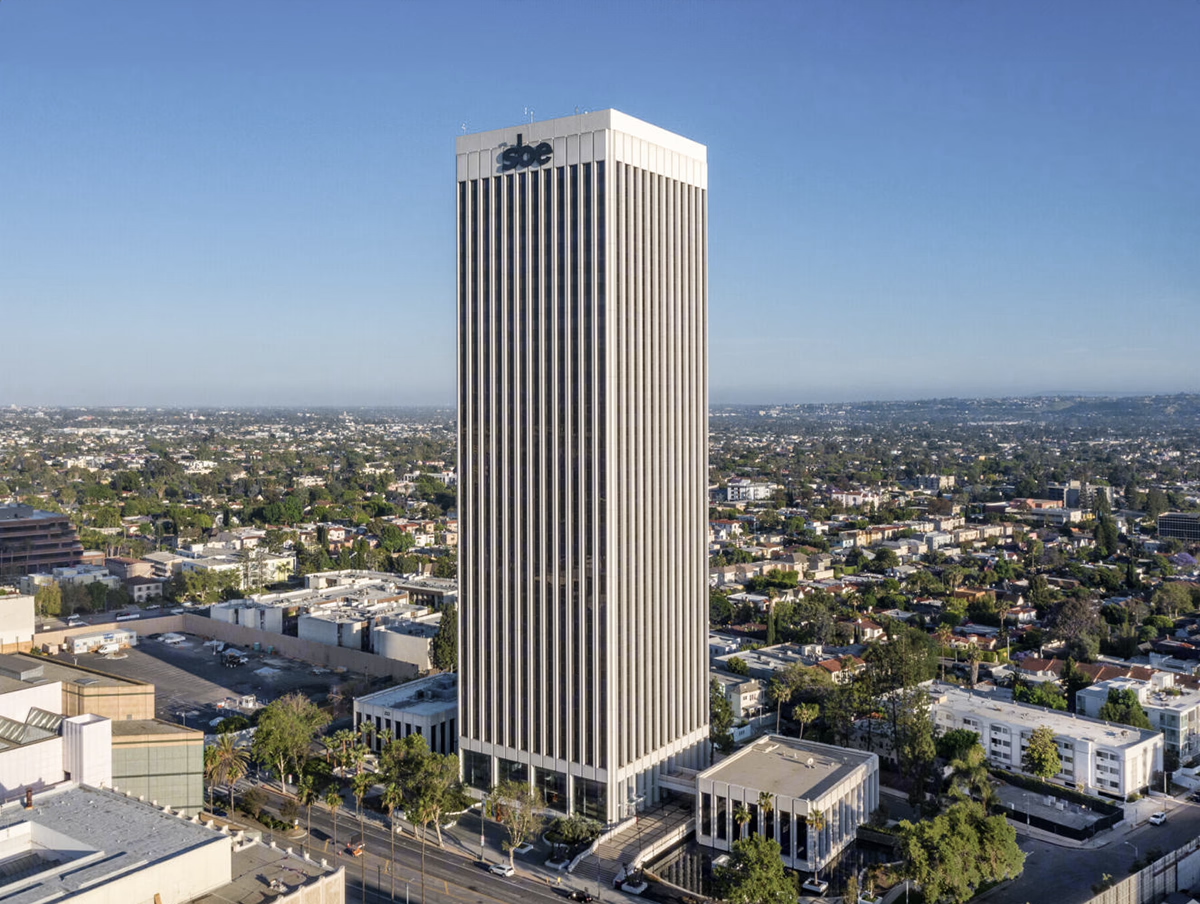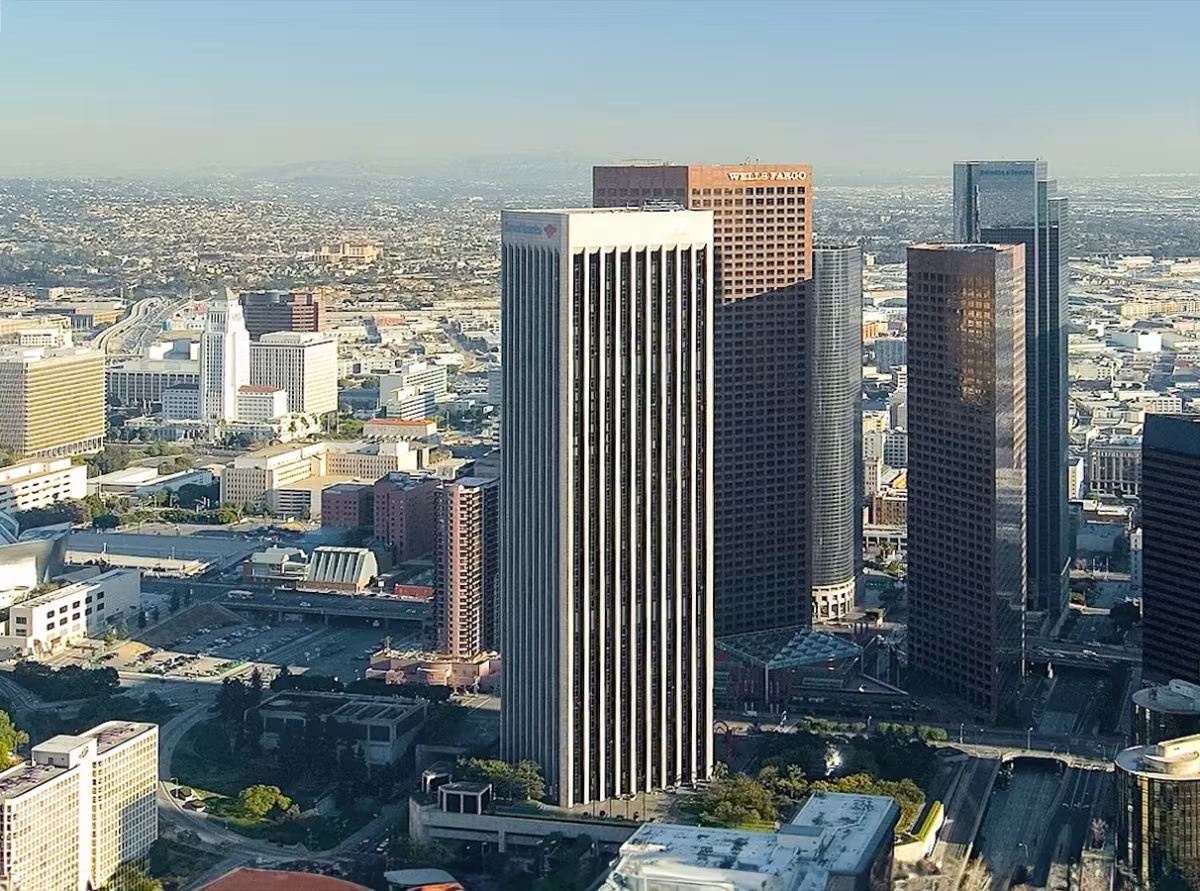5900 Wilshire Building vs Bank of America Plaza Building


Comparing the 5900 Wilshire Building and the Bank of America Plaza Building is interesting because they both stand in Los Angeles, CA, and were completed within 4 years of each other, but they were designed by different architects.
This offers a unique glimpse at how rival designers approached projects in the same city during the same era.
Height & Size
The Bank of America Plaza Building is clearly the larger tower of the two, both in terms of height and number of floors. It rises to 735ft (224m) with 55 floors above ground, while the 5900 Wilshire Building reaches 443ft (135m) with 32 floors above ground.
Of course, each project may have faced different briefs or regulatory constraints, which we don't really know about and could also explain the outcome.
Architectural Style
Both the 5900 Wilshire Building and the Bank of America Plaza Building were designed in line with the aesthetic conventions of the International Style style.
Both buildings were completed when the International Style style was already past its peak. This makes them feel like late echoes of the movement, more reflective of continuity or nostalgia than of cutting-edge design at the time.
Uses
Both the 5900 Wilshire Building and the Bank of America Plaza Building were designed to serve as commercial towers, and that has remained their main use since their completion, serving similar roles in the urban fabric.
Both towers provide significant parking capacity, with 5900 Wilshire Building offering 135 spaces and the Bank of America Plaza Building offering 343.
Structure & Facade
The two towers rely on different structural systems, reflecting distinct engineering strategies.
The 5900 Wilshire Building uses a Framed Tube In Tube structural system, which combines a strong central core with a perimeter tube of columns, while the Bank of America Plaza Building uses a Frame system, that relies on a regular grid of columns and beams to sustain its weight.
Yet, when it comes to their facade, they both employed the same solution, a Curtain Wall facade.
A curtain wall is a non-load-bearing facade hung from the structural frame. It is anchored to floor slabs and transfers only its own weight and wind loads, allowing for sleek, glassy exteriors.
| 5900 Wilshire Building | Bank of America Plaza Building | |
|---|---|---|
| William Pereira & Associates | Architect | AC Martin & Associates |
| 1968 | Construction Started | 1973 |
| 1971 | Year Completed | 1975 |
| International Style | Architectural Style | International Style |
| Commercial | Current Use | Commercial |
| 32 | Floors Above Ground | 55 |
| 135 m | Height (m) | 224 m |
| 11 | Number of Elevators | 30 |
| Framed Tube In Tube | Structure Type | Frame |
| Steel | Vertical Structure Material | Steel |
| Concrete | Horizontal Structure Material | Concrete |
| Yes | Facade Structural? | Yes |
| CA | State | CA |
| Los Angeles | City | Los Angeles |
| 5900 Wilshire Boulevard | Address | 301 333 South Hope |